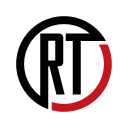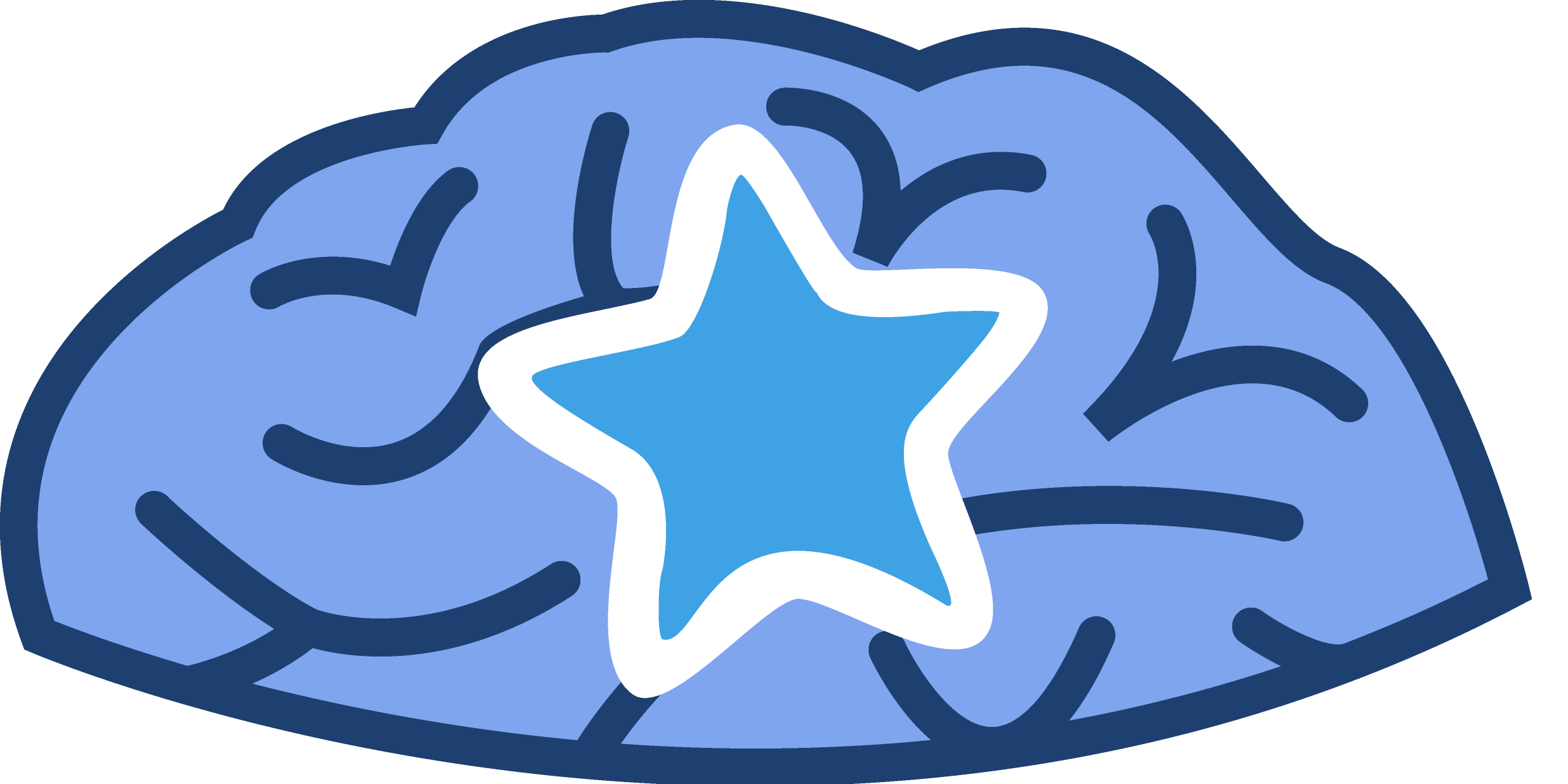The Rise of Anki
New learning program blossoms in SHHS curriculum
April 22, 2016
Anki is a multimedia flashcard program on both computers and mobile devices that was developed to be a more efficient and beneficial method of learning vocabulary. Having cards with both a visual and auditory element allows for higher comprehension and helps commit the card to long-term memory.
HOW IT WORKS:
Students create their own flashcards to improve learning. Creating Anki cards is quick and easy. First, students must download the free version of Anki onto their own computers or use one of the laptops in the Learning Commons. After that, they log in to their Anki account and add the cards to a deck. Students type in the term, definition, plug in a relevant photo and drag an audio file into the card. Most teachers provide both audio files with correct pronunciations as well as a list of terms and definitions to the students, further speeding up the process. These cards are flashcards and thus have two sides. One side is the picture and definition, and the other has the audio file. Students see one of the sides when reviewing, and have to remember picture if the audio played, or vice versa. Each card can take about a minute to make, and is immediately saved to the chosen deck.
WHY IT’S BETTER:
The thing that separates and makes Anki such a tremendous learning tool is it’s spaced repetition system. This means that the Anki program analyzes data from students to know when they should review certain cards. Students can either use the computer program or the application on their iPad to review their Anki Deck. It’s recommended to study your deck every day. Teachers Mr. Teixeira and Mr. Halkyard suggest that students set their deck to have 100 reviews per day. Reviews are easily completed at a rate of about 10 cards per minute, which would equate to about 10 minutes per day, per deck for students. Reviewing Anki is simple, students just have to open the app and click on their deck, and their first card pops up. They think of an answer and once they have one, tap the screen once. The card will “flip,” and the correct answer will be shown. Along with the answers, four buttons pop up on the bottom of the screen. Each button is a different color and has a different number on it, scaling up from left to right. The numbers correlate to when students will review the card again. If a student knows the card very well, he should press the button on the far right. If they know the card, but it took a little time to get the answer, press the second button from the right, and so on. If students do not know a card, they press the button on the left, which instead of sending the card forward to be reviewed later, would make the card be reviewed again at the end of the session. This intelligent way of studying is more efficient than normal ways of studying and basically does all of the “heavy-lifting” for the students. All students need to do to quickly learn new vocabulary is to dedicate a few minutes of their day to this simple and powerful learning tool.
IMPLIMENTATION IN THE CLASSROOM:
Anki made its first appearance in the Spanish classroom with Mr. Teixeira. Students were required to finish a complete session of Anki once a day, which would be graded by looking at the statistic section of the app. On average, this meant about 10 to 15 minutes of studying a night, which is quite reasonable for even the most busy of students. Within weeks of its implementation, a gap between those who were and weren’t properly utilizing the tool was quickly made. Even this year, in Spanish 2, six students in a class of 16 scored over 92% on the very first, large vocabulary quiz, whereas the next highest score was a 67%. It has become quite clear that the proper use of Anki is to the benefit of the student.
Mr. Halkyard implemented Anki into his chemistry classroom, as well. By giving students an opportunity to memorize key terms that are essential to the process, it makes the overall learning experience simpler and makes getting around the chemistry learning curve much easier. Both teachers have now switched to a system of daily vocabulary quizzes, consisting of ten, randomly selected words from the collective vocabulary list. This keeps students honest about their learning and further promotes an active use of Anki.
MAKING NEW CARDS:
In the Spanish classroom, every month or two, a new vocabulary list is given to the students who then create cards for their new words. This is done in three steps. Mr. Teixeira provides every student with the necessary audio files for each word. From there they add the actual term, complemented by a photo to create a fully dynamic Anki card. On the other hand, Mr. Halkyard provides students with the completed deck, ready to go. This is for two main reasons. Firstly, chemistry vocabulary is significantly more specific and picking the right photo is much easier for a chemistry major then a new and learning student. Secondly, Spanish vocabulary is much more important to make personal. For instance, the English word mom, la madre in Spanish, is much easier to remember if a photo of your mom appears and not any random lady. Mr. Teixeira has designed the card making process to allow students to personalize their decks to their liking. This is another strength of Anki, in which it gives teachers the ability to make each deck personal or disciplined, depending on the learning objective.
Even though two years seems long, Anki is still very new to this school and its implementation continues to go on. In an ideal world, Anki would become the backbone for vocabulary in subjects including English, history, and even sacred texts. With strong use and advocation from Mr. Teixeira and Mr. Halkyard, it’s hard to imagine Anki’s role at our school dying out anytime soon. However, for now we can only be patient and see how it’s rollout continues to progress into the future.

